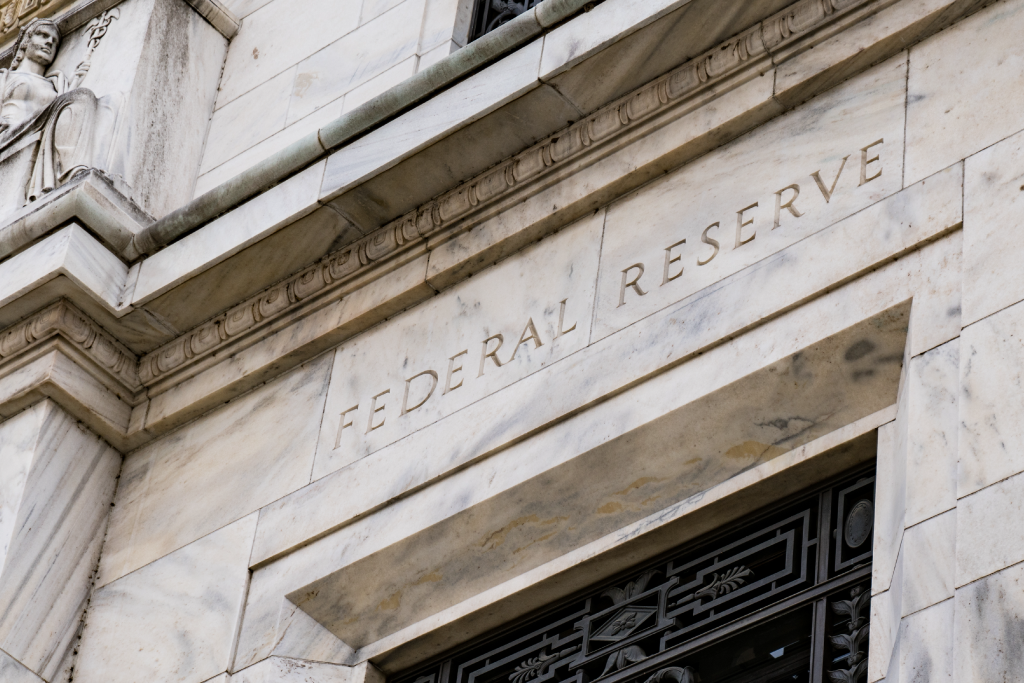Fed cuts rates with more likely coming. What does it mean for housing?


In short: The Federal Reserve on Wednesday said it would lower its target for the federal funds rate by a quarter basis point. The Fed also forecasted two additional rate cuts this year. The move was widely anticipated, and mortgage rates aren’t likely to jump or fall much in response. The 10-year Treasury yield – which mortgage rates tend to follow – moved higher on the news.
Moving forward, the committee will continue reducing its holdings of Treasury securities and agency debt and agency mortgage‑backed securities. Reduced Fed demand for mortgage-backed securities will limit how far mortgage rates fall from here.
With financial markets anticipating a more rapid easing of monetary policy than the Federal Reserve is likely to deliver, mortgage rates aren’t likely to fall much further.
The Federal Open Market Committee anticipates the Fed funds rate reaching the 3.25-3.5% range before 2027. That’s slower than financial markets had anticipated; they projected a rapid decline to reach the 2.75-3% range by the end of next year. Incoming labor market and inflation data will ultimately determine the pace of that adjustment. If the pace of cuts slows in 2026, shifting expectations could send yields and mortgage rates back up.
Although mortgage rates aren’t expected to fall much further, treasury yields and mortgage rates have been on a decline for the past month. Lower rates than have been seen in months paired with home price growth that’s flat nationwide (and falling in a majority of major metros) are helping to bring down mortgage costs. If these somewhat lower rates stick, that could push some shoppers on the margins to buy and would likely encourage builders. But sellers may not be so moved.
Builder expectations for future sales improved to a six-month high, according to the National Association of Home Builders.
Six percent rates didn’t encourage homeowners to list their properties in August. Sellers pushed pause on their listing plans en masse in response to a slowing economy and sluggish home sales. Fewer new listings were posted last month than in any August in Zillow records reaching back through 2018.
Mortgage rates have moved lower and, if that sticks, the move could help revive some buyer competition, but the economic outlook will play a role in determining demand as well. In times of economic uncertainty, residential mobility stalls; buyers, sellers and renters stay put.
Heading into the slower season of the housing cycle — when school, holidays and cooler weather dampen housing activity — the impact of any small changes to mortgage rates up or down is likely to be muted.